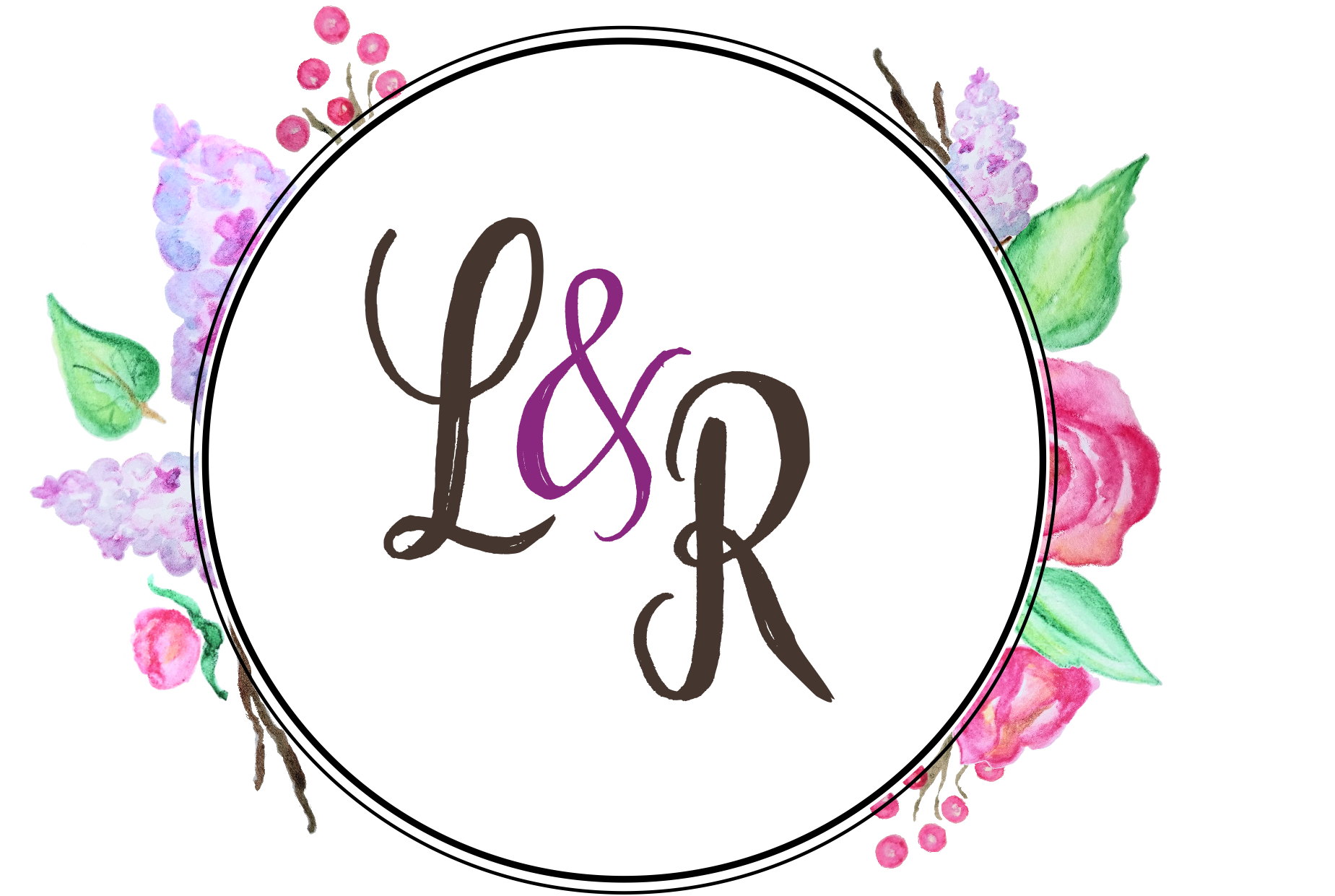Product Review: Dr. Motion Knee High Graduated Compression Socks

Why compression socks?
I have written previously about my battle with varicose and spider veins that began with this pregnancy, long before I began wearing compression socks. It is a not-so-fun side effect of the new weight and pressure on my veins, the vessels that return blood to the heart. Veins are unique in that they have a much lower pressure than arteries do. For blood to return to the heart, there are a few primary mechanisms: one is for gravity to allow blood to drain, like when a person has their feet elevated at the end of the day; another mechanism is for the muscles of the legs to contract as we walk and increase pressure to force the blood back up.
If these mechanisms are not sufficient though, a person can end up with a lot of edema (inflammation) in their legs or even little ruptures of the superficial vessels, called varicose or spider veins.
Daily standing activities
I spend a lot of time at work standing, since I am a physical therapist. I also enjoy taking a walk with my husband each night. But all of this time with my legs in a gravity-dependent position has taken a toll on me and led to, not only the venous leakage, but also some new swelling in my feet and ankles. Unless I could spend an adequate amount of my work day with my feet up to allow the fluid to drain back up to my heart, I knew that the problem was probably just going to get worse.
This is because, in pregnancy, the additional weight can create even more resistance for the blood to have to overcome on its pathway back to the heart. And I can confidently say that I still expect more weight gain in my last 10 weeks of pregnancy. So on the recommendation of my doctor, I decided to get some compression socks. Compression socks can help create more pressure, like the muscles typically do, to force blood and other fluid (lymph) up against gravity.
Who should wear them?
So who else should be wearing compression socks? Of course, you should always rely on your doctor’s professional recommendation to decide if they are right for you. But in general, people that may benefit from wearing compression socks are those that have signs and symptoms of inadequate venous return or those at risk. Typically, the signs are obvious. Picture big, puffy feet and ankles after a long day of walking around. The people at risk for varicose veins and edema of the feet and ankles can include: pregnant women; people on bed rest; people that have weak or paralyzed muscles of the legs; and people that will be putting excessive and repetitive load through their legs, like marathon runners or those on their feet all day for work.
Which style did I choose?
You can find this set that I got on Amazon for only $34.99 per 6 pack. The price varies based on the style you choose. I decided to go with a compression sock with only a moderate level of compression. These are not “medical-grade” compression, but are meant to be easily (relatively speaking) put on or taken off. I went with a dark collection of florals, because who doesn’t love a little bit of floral flare in their wardrobe? There is quite a collection of color and style options though on Amazon, from solids, to bright colors, to dark and light florals.
How have they been?
The pros:
- These socks come in a bunch of different patterns and are actually really cute! They look like typical business socks from down at the ankle, so nobody has to know they are actually knee-highs…
- They are pretty easy to pull on, since they only have moderate compression.
- The socks have graduated compression, meaning that the most compression happens at the bottom and decreases as they go up your leg. This creates a gradient of pressure to make sure that fluid moves up, instead of just cutting off your circulation!
- They are really cheap! Marathon compression socks can be up to $50 per pair in a sports store. That was not practical for me when I wanted to get enough pairs to easily be able to wear some every day without juggling laundry.
- They are very tall. This is a benefit for me, since I am about 5’9”, but for some they may come up way above a person’s knee.
The cons:
- The compression is pretty weak, overall. As I previously mentioned, these would not cut if for someone needed high-grade compression or for what most people want to use during a marathon or other endurance event.
- They are one-size fits all. They are not specifically tailored or sizeable based on calf size and foot size, like many compression socks are.
- Compression socks may or may not work. Anecdotally, I can say that my spider veins have continued to spread, so they may just not be high enough compression to do the trick for people already battling a venous issue. They may only really benefit people that are seeking a mild, preventative measure.
Summary
If you are considering investing in compression socks, definitely do! If they fit you well and your doctor okays the investment, they are worth the money and the effort to put on each day. They may improve your vascular health and decrease that achy, worn out feeling in your feet at the end of the day. And if you are pregnant, take my advice. Invest BEFORE you have varicose or spider veins. You won’t regret it.





